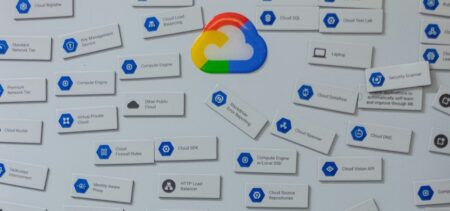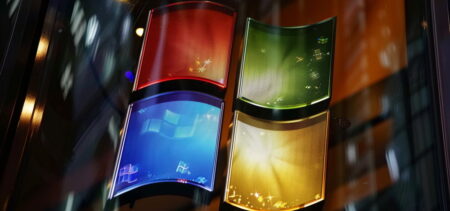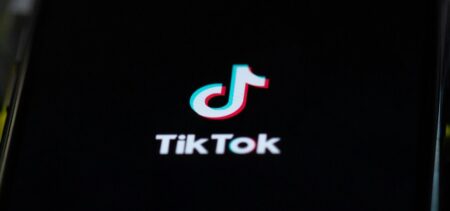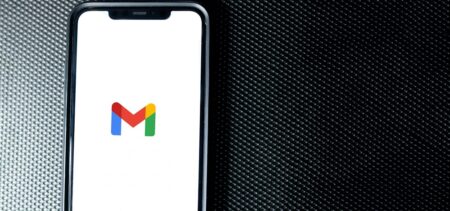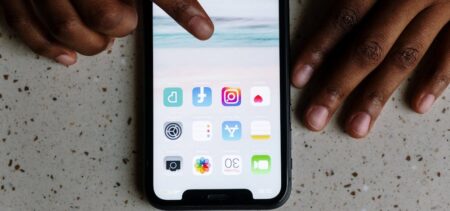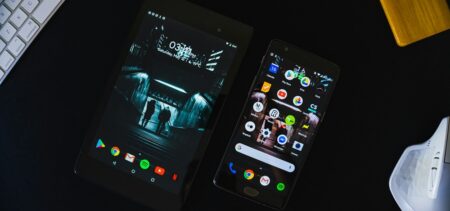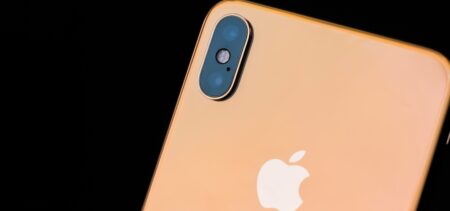So here’s what happened – in case you missed it: after the Super Bowl 50 ended on Sunday night, and [spoiler alert] the Broncos won the game, the CEO of Apple took a quick picture of the aftermath of the game, and posted it on Twitter. The picture (presumably shot with an iPhone) shows what appears to be a celebration with people and confetti on the field, but we could be mistaking because the photo is just that blurry.
Posting an out-of-focus image isn’t that big of a problem right? Well, wrong. When you’re the CEO of a company that sells premium devices by the millions every quarter, expectations are high. But when your company also takes pride in the camera experiences it offers, there’s really no room for errors when it comes to photos. Cook’s Tweet received massive backlash, and just as the Super Bowl confetti rain was reaching its end, the Twitter storm was just getting started.
This might be the best recent example that showcases the power of the online community over a brand’s image. Even though the photo was changed in the meantime, the internet remembers.
A perfect storm
Unfortunately for Apple, Tim Cook’s mistake couldn’t have come at a worse time. At the beginning of last week, the company brought back its successful campaign Shot on iPhone, which promotes the utility and quality of the smartphone’s camera. Lunched last year, the campaign was targeted first for the iPhone 6 customers, collecting pictures from more than 70 photographers that were featured in media across 24 countries. The campaign was a success, and actually became one of the most acclaimed campaigns of the year, by customers and marketing specialists alike. Apple brought back the campaign for the iPhone 6s, starting with January 31. Needless to say that the sarcastic “Shot on iPhone” became the most popular quote-tweet linked to the blurry photo incident.
CBS’ telecast of the Super Bowl 50 on Sunday has become the third most watched program in U.S. television history. According to Nielsen, an average audience of 111.9 million were watching the game – this means about 1 in 3 Americans. A rough estimation will show that out of Tim Cook’s almost 2 million Twitter followers, 700 000 probably viewed his tweet in real time, since the post happened during the celebrations. This unfortunate mistake would have been impactful even on a regular night, but with the Shot on iPhone 6s campaign just lunched, and the massive audience guaranteed by the Super Bowl, the combination of influencing factors is pretty much as unlucky as it gets.
There’s really no point in going over the Twitter reactions again, but as you can imagine – or probably have seen, the online community is merciless. The worst offenders have actually been blocked by whoever is managing the account.
It’s generally safer to assume that the internet will punish even the smallest mistake you make, that way you can try to anticipate possible image threats.
Reaction plan
Undoubtedly he should have checked the image twice before posting, but maybe the whole intensity of the finale forced a rushed decision. We’re not trying to find excuses, the point is that these things happen, and businesses should always be prepared to react. We have put together a reaction plan that will work for most PR emergencies.
0. Prevention
Before any brand image fiasco happens, you should form a Crisis Communications Team, which will have to anticipate, assess, and respond to the related issues. A good PR agency will do this for you, but in case you want to keep this in-house, this team should contain top executives, with the following basic members: CEO, Public Relations/Communications Manager, and a Legal Expert.
This team can develop the prevention plan as much as needed – brainstorming for future threats, regular trainings, monitoring systems, it all depends on the activity and necessities of the company.
1. Assess the situation
Let’s assume that the prevention hasn’t worked 100 percent, it rarely does for companies that are very active in social media. An incident that’s harmful for your company’s image has happened, and it’s time to react. Take a deep breath, assemble the team, and start assessing the situation. Your priorities are to understand the causes of the incident, keep monitoring the current situation, and understand the business impact. It’s about containment from this point on.
2. Develop a response strategy
This is the part where you decide what position your company should take. It’s important at this stage to have a clear idea of what happened and what are the possible ramifications of the incident. Evaluating possible reactions is the name of the game. Most of your next steps will flow from this decision. We will use the Apple case as an example:
—————–
![]() Company strategy/response: He was using a different phone. We end up showing how a picture taken with an iPhone looks like.
Company strategy/response: He was using a different phone. We end up showing how a picture taken with an iPhone looks like.
Possible reactions: Why would he use another product in the first place?
—————–
![]() Company strategy/response: Pull a Steve Harvey and roll with the jokes. Maybe even post a funny sarcastic new version of the picture.
Company strategy/response: Pull a Steve Harvey and roll with the jokes. Maybe even post a funny sarcastic new version of the picture.
Possible reactions: Since we have premium products, humor about the quality of our own devices is really uncalled for.
—————–
![]() Company strategy/response: Replace the picture and don’t fuel the debate, eventually it will cool down. The damage is done, and there’s really no good excuse that would work.
Company strategy/response: Replace the picture and don’t fuel the debate, eventually it will cool down. The damage is done, and there’s really no good excuse that would work.
Possible reactions: The picture was online enough time for people and publications to see it. Everyone will still remember the mistake, but hopefully not for too long.
—————–
3. Use a clear and effective message
Make sure that whatever you come up with is precise and easy to comprehend by your followers. Try to keep it short. Excuses become less effective if they are too wordy.
4. Decide on the channels of distribution
Pick the most relevant channels for the situation. Keep in mind the purposes and differences of each channel. If the incident happened on a specific channel, then that channel should always be included in your response. Adapt your message for each channel.
5. Implement, monitor, and react
The moment of truth has arrived. Execute your plan and keep track of the responses, you might need to react. Tim Cook, well, the team responsible for his social media activity, replaced the blurry photo (execution), and monitored the reactions for the worst offenders, blocking their tweets (reaction). This was a way of reaching the approved solution,
image credit: phonearena.com
6. Learn from your mistakes
This is the perfect time to improve and upgrade you crisis communications processes. Take advantage of the fact that you will have everyone’s full attention, and refresh their memory on this topic.
To be fair, some incidents will be nearly impossible to prevent, but with a decent amount of caution, and some safety measures in place, your defenses should hold even against the scariest hordes of online trolls.



